Asian Economic Areas (Bachelor, Trade)
Subject - Asian Economic Areas (Bachelor of Science in International Trade, e-learning, first semester, second year)
| Bachelor of Science in International Trade |

Economic Areas in the Asia-Pacific region: Hindu, Sinic, Buddhist and Central Eurasian Economic Areas. Economic Area of Oceania.
Syllabus of the Program: Hindu Economic Area
- Introduction to Indian religions and its relationship with Hindu Civilization
- Hinduism
- Sikhism, Jainism, and Zoroastrianism
- Islam in India
- Hindu Economic Area
- India as the Central State of the Hindu Civilization
- Countries in the area of influence of the Hindu Civilization: Nepal, Bhutan, and Mauritius
- Hindu businessmen
- Hindu Economic Integration
- Interactions of the Hindu Civilization with the other civilizations
- Economic Institutions and Trade Agreements related to the Hindu Civilization
- Diaspora of the Hindu Civilization
Objectives:
- To define the characteristics of the Hindu Economic Area
- To analyze the influence of the Indian religions on the Hindu Economic Area
- To know the economic profile of Hindu Markets
- To analyze the profile of Businessmen of the Hindu Civilization
- To understand the processes of Hindu economic integration
- To know the economic relationships of the Hindu Civilization with the other civilizations
- To analyze the main economic institutions related to the Hindu Economic Area
Syllabus of the Program: Buddhist Economic Area
- The main features of the Buddhist Economic Area
- Buddhism and the Buddhist Economic Area
- Economic Profile of the Buddhist Markets
- Buddhist businessmen
- Asian economic integration of the Buddhist Civilization
- The Buddhist Civilization and the ASEAN
- Interactions of the Buddhist Civilization with the other civilizations
- Economic institutions and Trade Agreements related to the Buddhist Civilization
The objectives of the subject “Buddhist Economic Area”:
- To identify the characteristics of the Buddhist Economic Area
- To analyze the influence of Buddhism on Buddhist Economic Area
- To know the economic profile of the Buddhist Markets
- To analyze the profile of the Buddhist businessmen
- To understand the Buddhist economic integration process
- To explore the economic relations of the Buddhist Civilization with the other civilizations
- To analyze the main economic Institutions related to the Buddhist Economic Area
Syllabus of the Program: Central Eurasian Economic Area
- Introduction to the Central Eurasian Economic Area
- Islam as the unifying factor of the Central Eurasian Economic Area
- Economic profile of the markets of Central Eurasia
- Interactions of the Central Eurasian Economic Area with the other economic areas
- Economic Institutions related to the Central Eurasian Economic Area
- Businessmen of the Central Eurasian Economic Area
Objectives:
- To define the economic characteristics of the Central Eurasian Economic Area
- To know the economic profile of the countries of Central Eurasia
- To understand the Economic Integration process in Central Eurasian Economic Area
- To analyze the personalities of the top Businessmen of Central Eurasia
- To know the economic relations with the other Economic Areas of different civilizations
- To analyze the main economic Institutions related to the Central Eurasian Economic Area
- To understand the influence of Islam on Central Eurasian Economic Area
Syllabus of the Program: Economic Area of Oceania
- Introduction to the Economic Area of Oceania
- Christianity in Oceania
- Introduction to Oceania
- Countries and Island States of Oceania (Micronesia, Melanesia, and Polynesia): The Cook Islands, the Federated States of Micronesia, Fiji, Kiribati, Nauru, Niue, Palau, the Republic of the Marshall Islands, Samoa, Solomon Islands, Tonga, Tuvalu, and Vanuatu
- Economic Profile of the countries of Oceania
- Economic Integration processes in Oceania
- Trade Relations of Oceania with the other civilizations
- Economic Institutions and Trade Agreements related to Oceania
The objectives of the subject “Economic Area of Oceania” are the following:
- To define the characteristics of the Economic Area of Oceania
- To analyze the influence of Christianity on the Economic Area of Oceania
- To know the economic profile of the markets of Oceania
- To understand the processes of the economic integration in Oceania
- To explore economic relations with the other civilizations and with the other economic areas of the Western Civilization
- To analyze the main economic Institutions related to the Economic Area of Oceania
Samples:

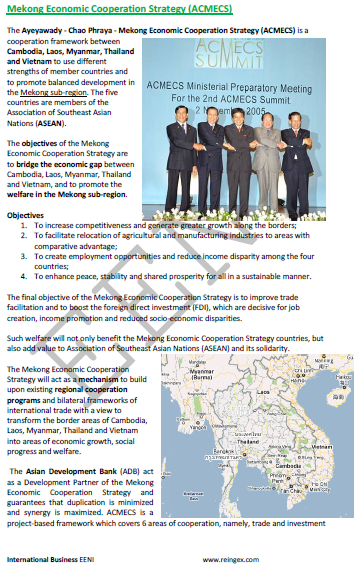
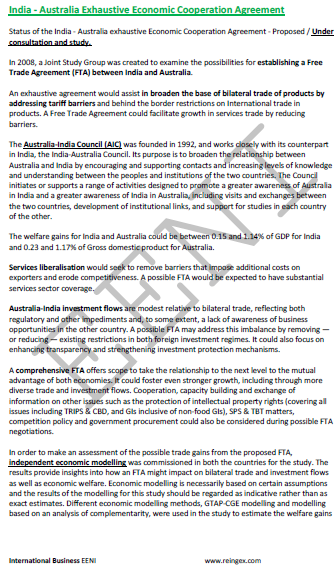
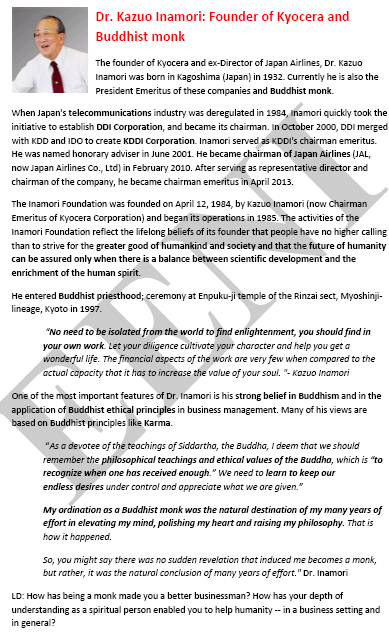
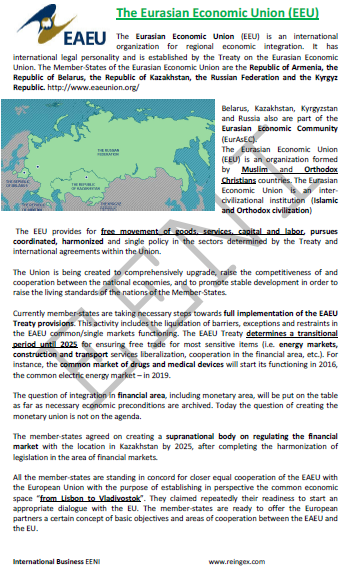

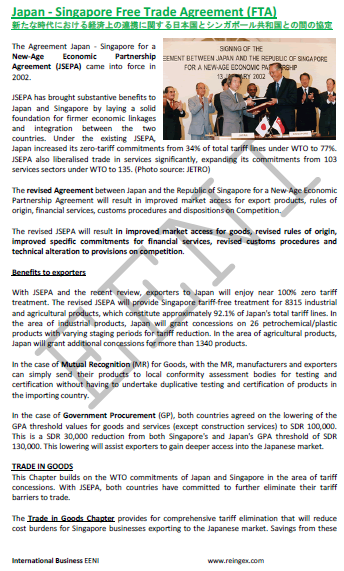
Languages:  or or
or or  EENI
EENI  EENI
EENI  EENI.
EENI.
(c) EENI Global Business School (1995-2024)
We do not use cookies
Top of this page

